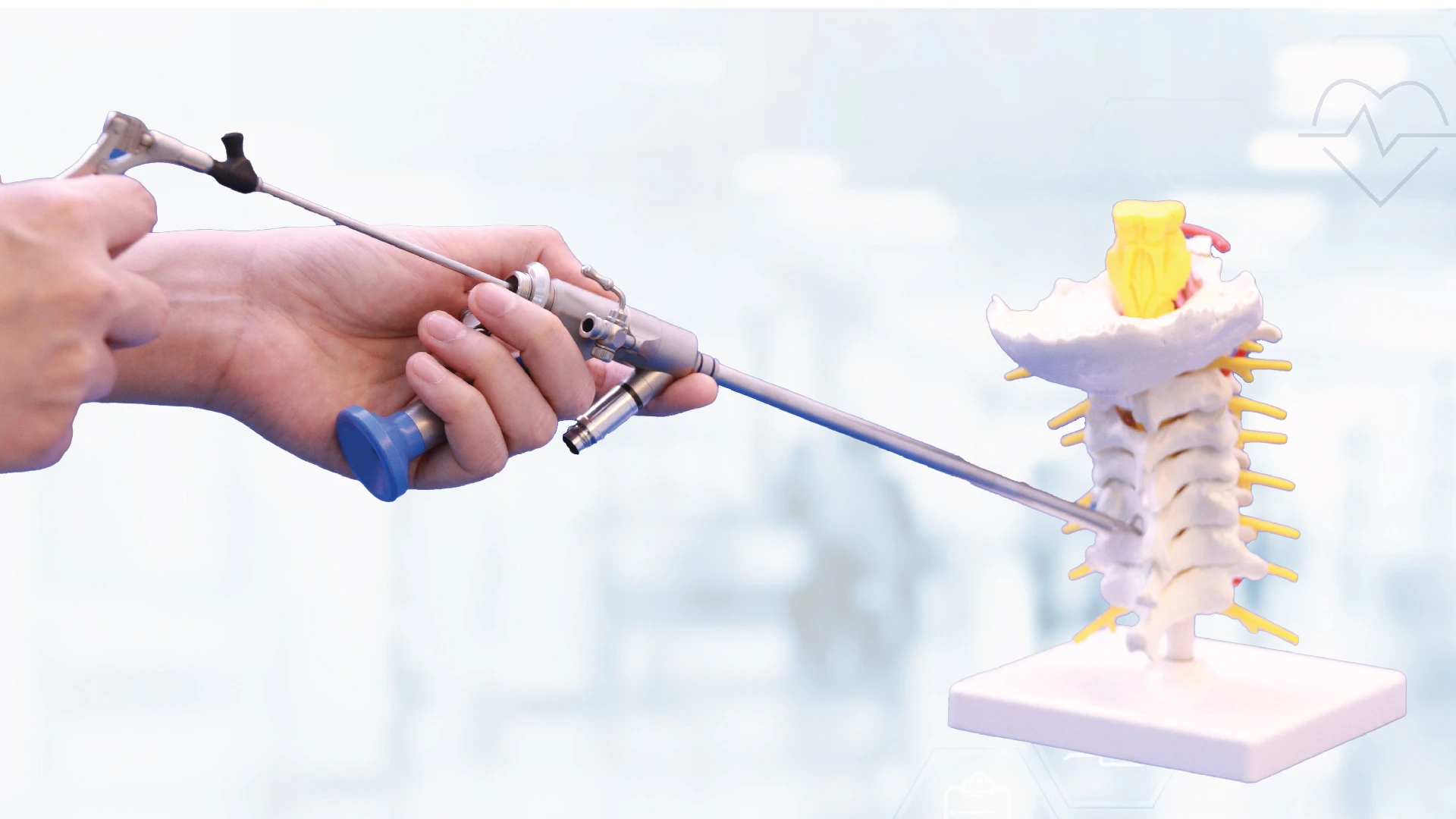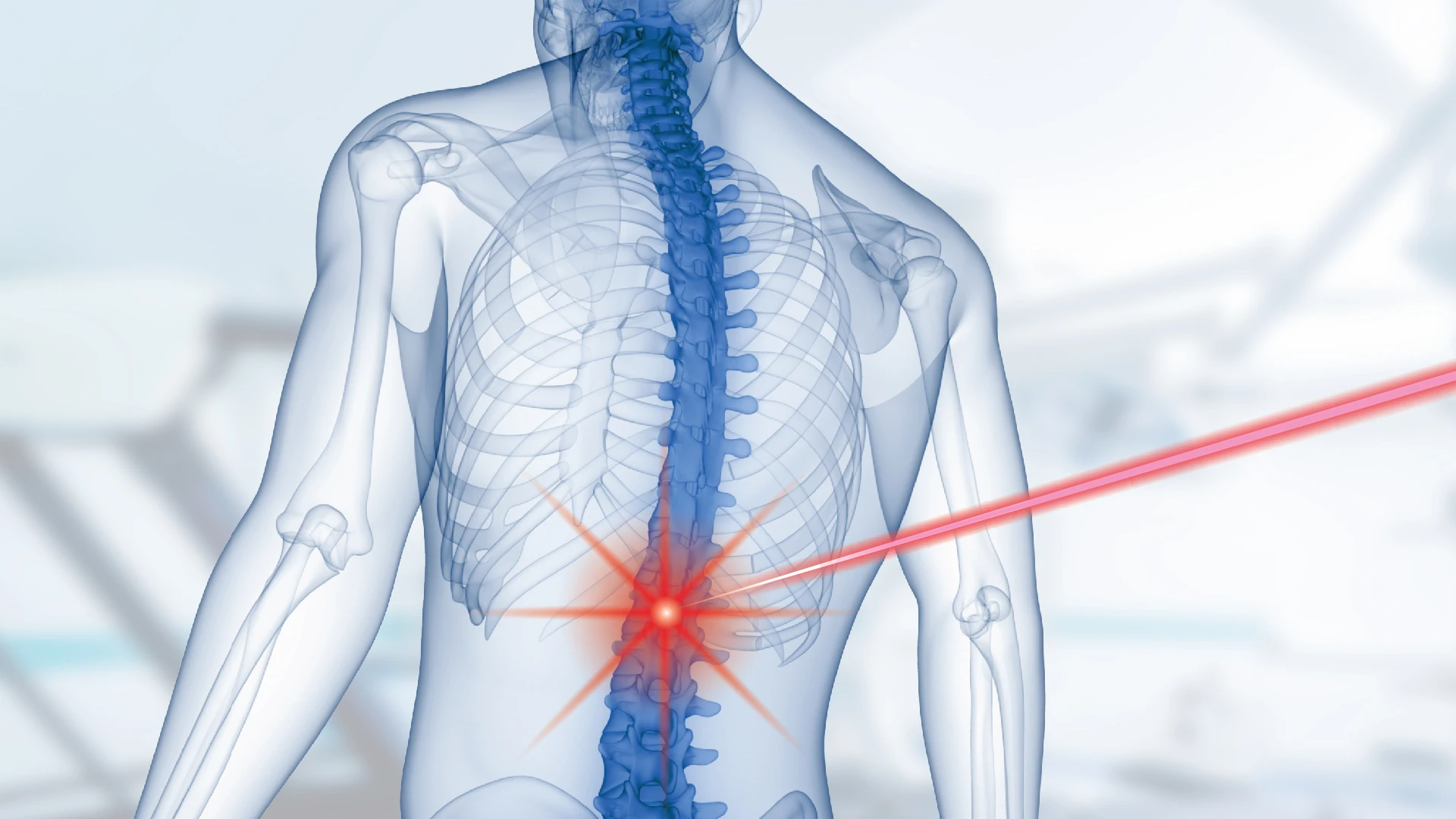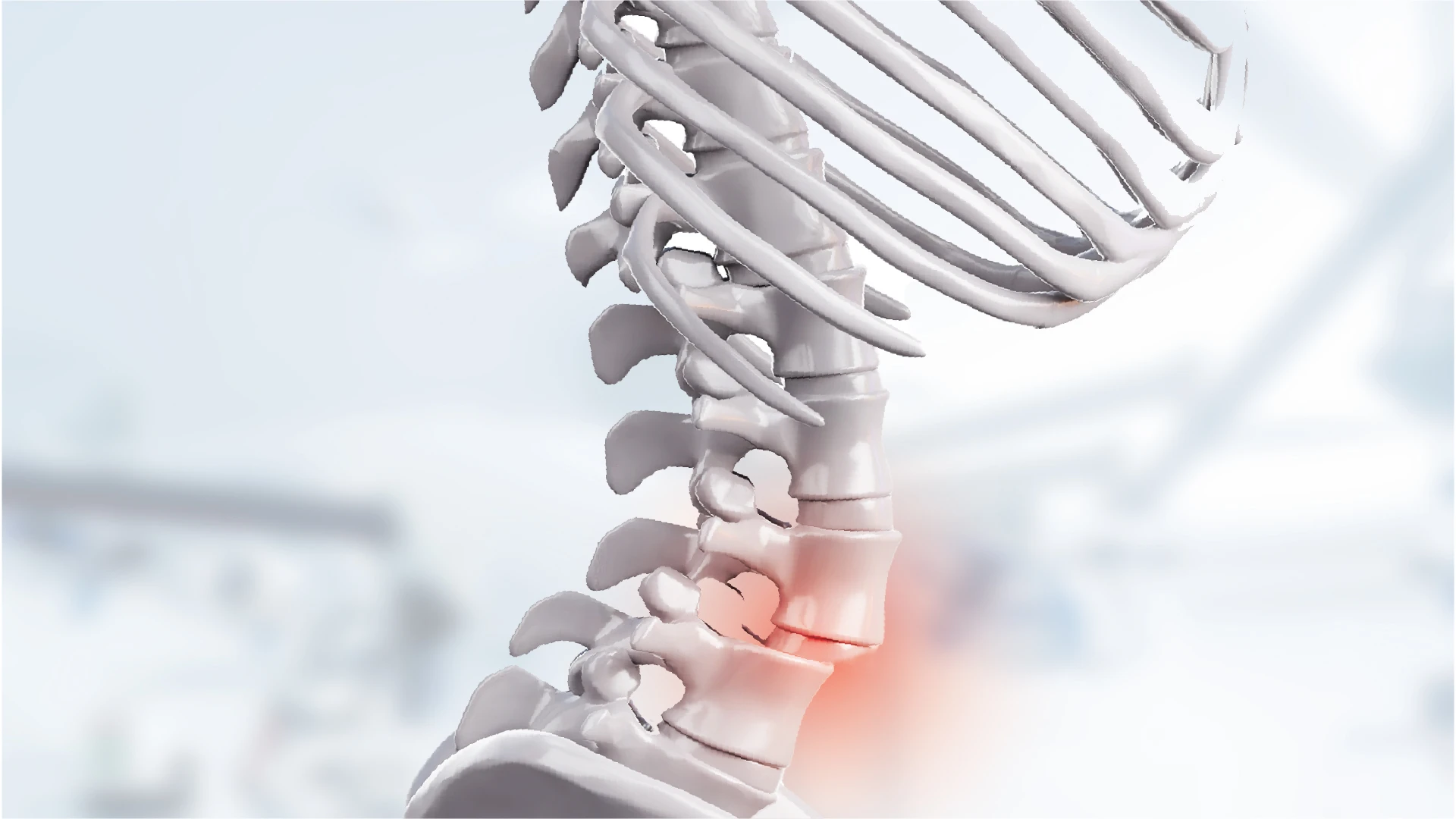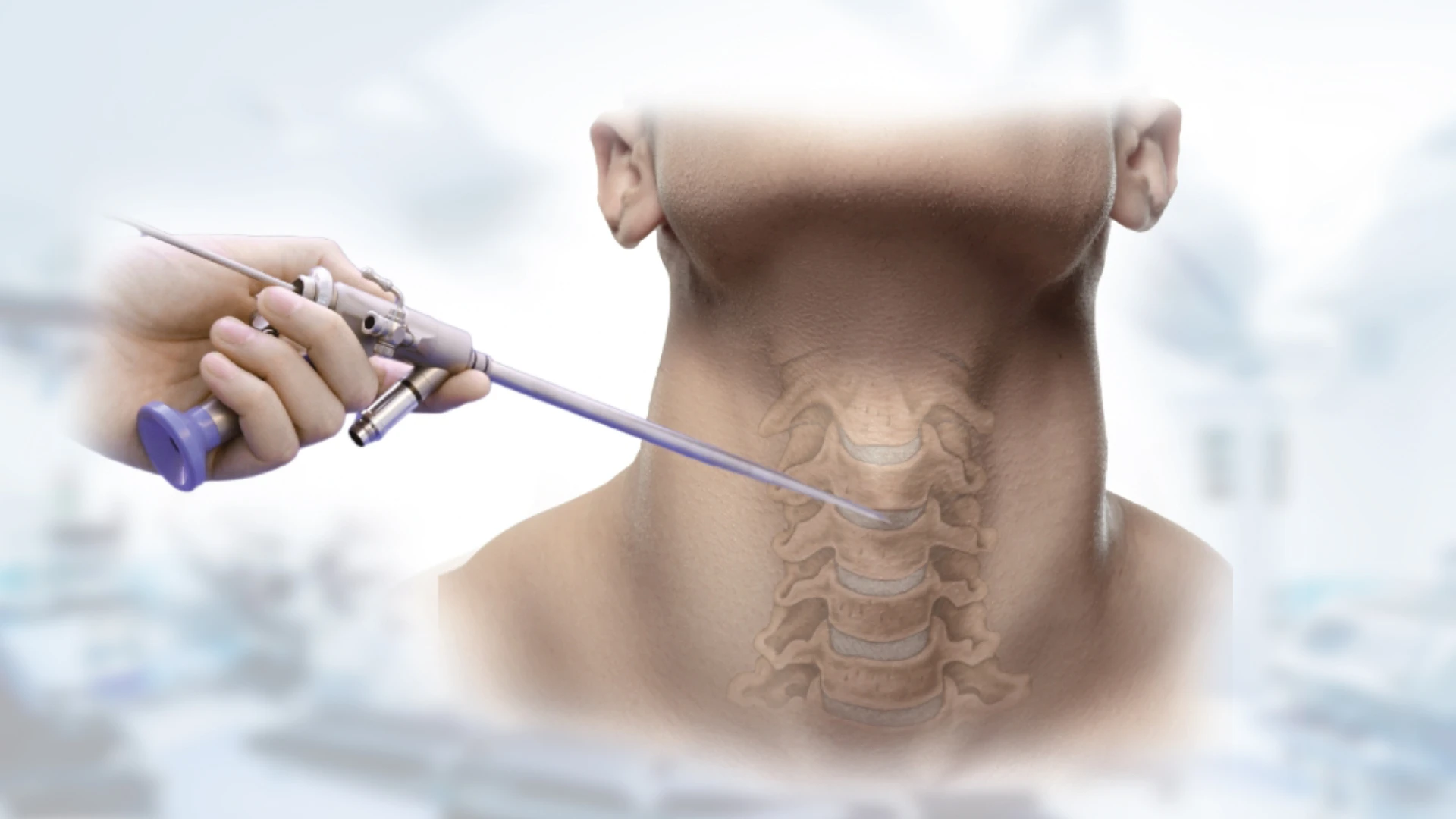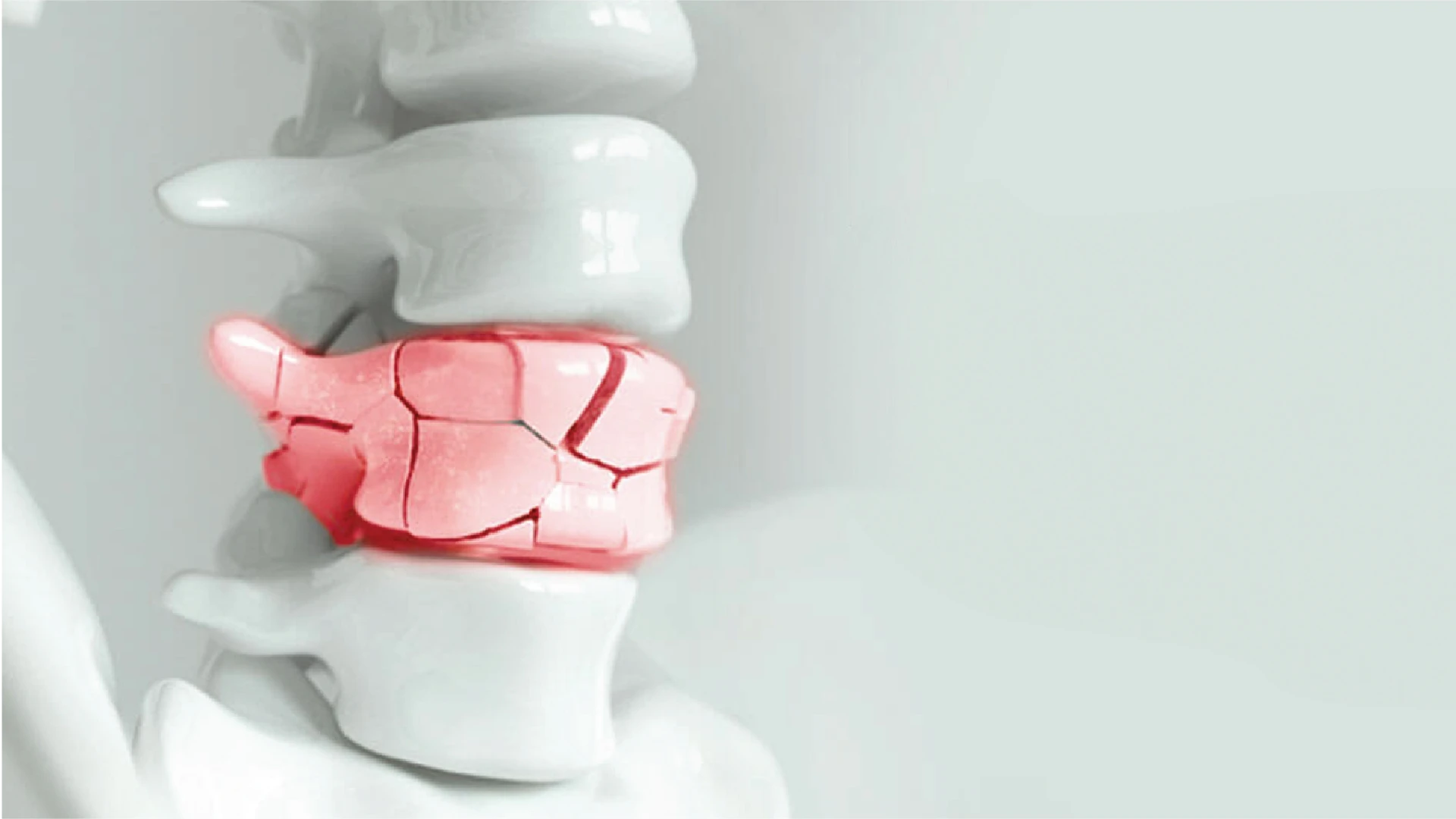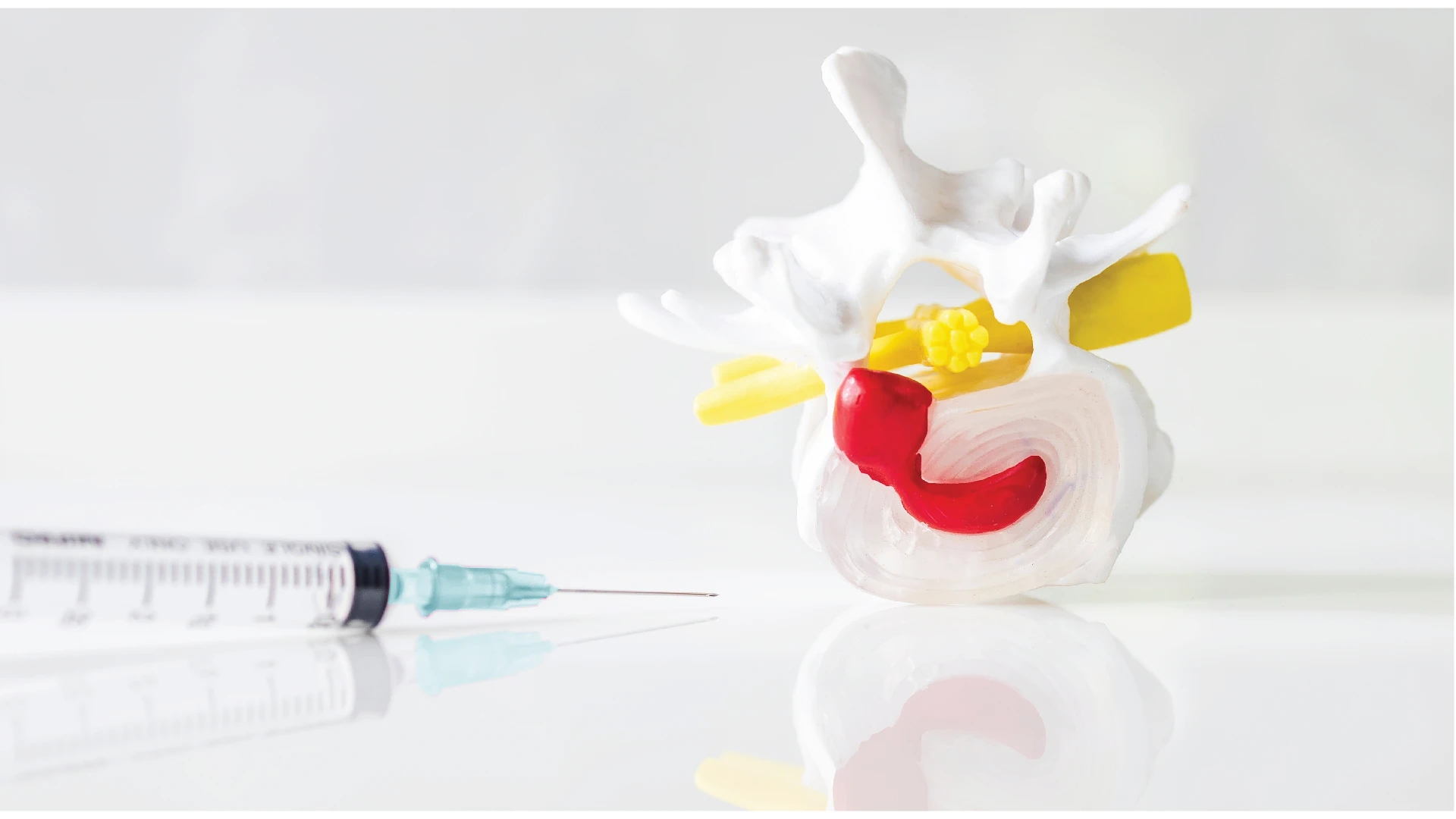นั่งทำงานอย่างไร ห่างไกลโรคกระดูกสันหลัง


ในยุคดิจิทัล หลายคนในวัยทำงานกำลังเผชิญกับ “ออฟฟิศซินโดรม” อาการที่พบบ่อย ได้แก่ ปวดต้นคอ บ่า ไหล่ ปวดหลัง หรือปวดร้าวศีรษะ
ในยุคดิจิทัล หลายคนในวัยทำงานกำลังเผชิญกับ “ออฟฟิศซินโดรม” อาการที่พบบ่อย ได้แก่ ปวดต้นคอ บ่า ไหล่ ปวดหลัง หรือปวดร้าวศีรษะ
สาเหตุหลักมาจากการนั่งทำงานในท่าเดิมเป็นเวลานาน หรือนั่งไม่ถูกวิธี ทำให้กล้ามเนื้อต้องเกร็งตัวต่อเนื่องโดยไม่ได้ผ่อนคลาย
การนั่งทำงานนานๆ ในสภาพแวดล้อมที่ไม่เหมาะสม รวมถึงการทำงานหนักเกินไป อาจส่งผลร้ายแรงต่อกระดูกสันหลัง และนำไปสู่โรคที่ร้ายแรงยิ่งขึ้น เช่น โรคหมอนรองกระดูกทับเส้นประสาท กระดูกสันหลังเสื่อม และหมอนรองกระดูกปลิ้น ซึ่งอาจกดทับเส้นประสาทบริเวณใกล้เคียงได้
ดังนั้น ควรหมั่นสังเกตความผิดปกติของร่างกาย หากเริ่มรู้สึกปวดหลังหรือปวดเมื่อยตามส่วนต่างๆ อย่าละเลย แม้ว่าท่านั่งที่ไม่เหมาะสมมักส่งผลกระทบต่อกระดูกสันหลังส่วนคอและส่วนเอวเป็นหลัก
การจัดโต๊ะทำงานให้ถูกหลักและนั่งทำงานในท่าที่ถูกต้องจะช่วยลดความเสี่ยงต่อการเกิดโรคได้อย่างมาก
📚 ป้องกันการปวดหลัง ด้วยการนั่งให้ถูกวิธี
เคล็ดลับการจัดสภาพแวดล้อมการทำงานที่เหมาะสม
เก้าอี้นั่งทำงาน
-
เลือกเก้าอี้ที่ปรับระดับความสูงได้
-
ปรับให้เข่างอ 90 องศา เท้าแตะพื้นพอดีเมื่อนั่ง
-
ควรมีพนักวางแขน โดยศอกวางได้พอดีเมื่อนั่งตัวตรง
คอมพิวเตอร์ตั้งโต๊ะ
หน้าจอควรอยู่สูงกว่าระดับสายตา 1-2 นิ้ว เพื่อให้คออยู่ในระดับที่เหมาะสม
คอมพิวเตอร์โน้ตบุ๊ค
-
ใช้ขาตั้งเสริมเพื่อยกระดับหน้าจอ
-
ใช้คีย์บอร์ดและเมาส์เสริมเพื่อความสะดวกในการทำงาน
คีย์บอร์ดหรือแป้นพิมพ์
-
ใช้ข้อศอกเป็นจุดหมุน วางบนพนักวางแขนตลอดเวลา
-
หลีกเลี่ยงการยกศอกขณะพิมพ์
ข้อแนะนำเพิ่มเติม
-
ยืดกล้ามเนื้อระหว่างนั่งทำงาน
-
ลุกเดินทุก 1-2 ชั่วโมง เช่น เข้าห้องน้ำ หรือไปดื่มน้ำ
📚 ปวดหลังไม่หาย…ต้องรักษา
📚 ลดความเจ็บปวด ด้วยเทคโนโลยี “เลเซอร์”

การรักษาด้วยนวัตกรรมทันสมัย
โรงพยาบาล เอส โรงพยาบาลเฉพาะทางด้านกระดูกสันหลังและระบบประสาท นำเสนอนวัตกรรมการรักษาด้วยเทคโนโลยีล้ำสมัย พร้อมทีมแพทย์ผู้เชี่ยวชาญเฉพาะทาง มุ่งเน้นการรักษาที่ต้นเหตุ ตรงจุด ปลอดภัย ลดเวลาพักฟื้น และช่วยให้ผู้ป่วยกลับสู่การใช้ชีวิตปกติได้เร็วขึ้น
สำหรับผู้ที่มีอาการปวดหลังที่ไม่ตอบสนองต่อการรักษาด้วยยาและกายภาพบำบัด การรักษาด้วยการจี้เลเซอร์ (Laser) เป็นทางเลือกที่น่าสนใจ วิธีนี้สามารถรักษาโรคปวดหลังและโรคหมอนรองกระดูกสันหลังทับเส้นประสาทได้โดยไม่ต้องผ่าตัดแบบเปิดแผลขนาดใหญ่ เข็มที่ใช้ในการทำเลเซอร์มีขนาดเพียง 1 มิลลิเมตร เทียบเท่าเข็มฉีดยา ทำให้ความเสี่ยงลดลงอย่างมาก
การรักษาด้วยเลเซอร์จะช่วยให้หมอนรองกระดูกที่ยื่นออกมากดทับเส้นประสาทยุบตัวลง วิธีการรักษาแนวใหม่นี้เป็นที่นิยมสำหรับผู้ที่กังวลเกี่ยวกับการผ่าตัด
แผลเล็ก เสียเลือดน้อย
ไม่ต้องผ่าตัดแบบเปิดใช้เข็มขนาดเล็ก 1 มิลลิเมตร เจาะเข้าสู่บริเวณที่มีปัญหาทำให้แผลมีขนาดเล็กมาก เสียเลือดน้อย
Read More
Related Services

No. 2102/9 Ladprao Road, Wang Thonglang Subdistrict, Wang Thonglang District, Bangkok 10310
Call : 02-034-0808Our Services
Quick Menu
Copyright © 2025 S Spine and Joint Hospital. All right reserved


